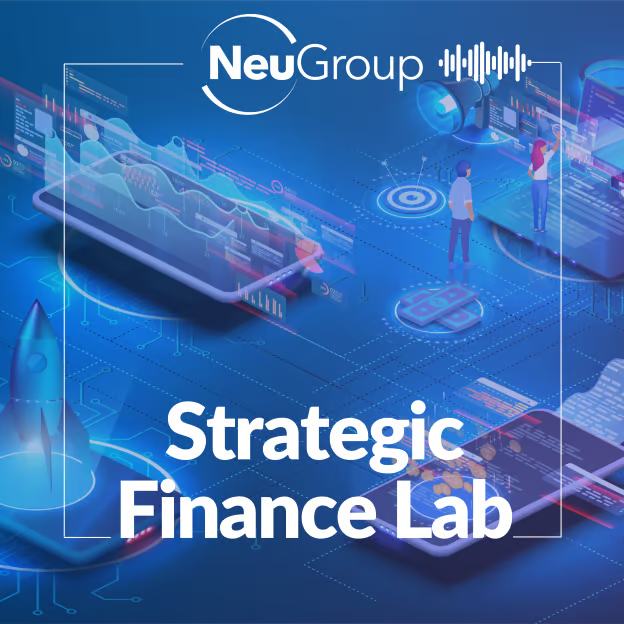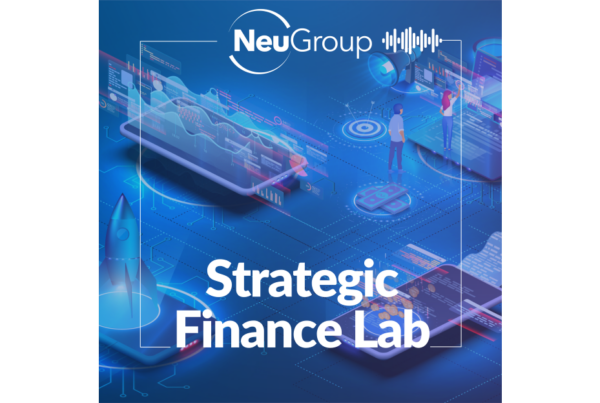
A Strategic Finance Lab interview with Custodia Bank’s Caitlin Long and a video featuring Accenture’s Duane Block.
Many finance professionals at multinational corporations remain skeptics about cryptocurrencies, including stablecoins. No wonder: Fraud charges tied to the collapse of FTX as well as two stablecoins losing their dollar pegs—Terra and USDC—have fueled well-founded fears about the world of digital assets in the last year. But that’s not the whole story.
- There are numerous, sound reasons treasury and finance leaders need to dig deeper and learn more about stablecoins, and how they and cryptocurrencies like bitcoin could offer corporates more payment options as the future of finance becomes the present.
NeuGroup members who share that view spoke about potential applications of stablecoins, from customer-facing uses to potentially purchasing them as an inflation hedge in emerging markets, at a recent session of NeuGroup’s Digital Assets Working Group, which will have its inaugural in-person meeting on May 23-24, sponsored by TaxBit and Fireblocks.

Caitlin Long and Duane Block. To help shed more light on what can seem like an opaque, complicated topic, we offer insights from two esteemed experts on the digital asset landscape: Caitlin Long, founder and CEO of Custodia Bank; and Duane Block, Accenture’s digital currency lead for North America.
- You can hear Ms. Long’s interview with NeuGroup founder and CEO Joseph Neu in a Strategic Finance Lab podcast by heading to Apple and Spotify. She shares her belief that the worlds of traditional finance and blockchain-based decentralized finance, or DeFi, are at an inflection point—and how a bank like Custodia could serve as a bridge between the two.
- She and Mr. Neu also discuss stablecoin use cases for corporates, the long-term potential of crypto and blockchain technologies, and Ms. Long’s ongoing face-off with the Federal Reserve around the business model of the Wall Street veteran’s newest venture, Custodia.
- And in a video clip you can watch by hitting the play button below, Mr. Block explains what actually happened following the collapse of Silicon Valley Bank that caused USDC to lose its peg, and why the token may have actually emerged from the crisis more stable than before. Mr. Block says it’s crucial to look at the assets that back a stablecoin, as some like Tether (USDT) aren’t as transparent as others.
Embracing stablecoins. Some corporates have expressed increased interest in stablecoins since the collapse of Silicon Valley Bank, in part because the company that issues USDC expanded its partnership with BNY Mellon—a subject addressed by Mr. Block.
- A member of NeuGroup’s digital assets group who works at a crypto-native company that has only used bitcoin said that her team is now exploring uses for USDC, which the company plans to onboard as its next digital currency.
- A different member said the payments company where they work recently started accepting some stablecoins and then converts them immediately to fiat currency.
- A third person at the session laid out her long-term hope for stablecoins in the form of a question: “Do they have potential applications to reduce FX volatility in countries with hard currencies?”
- The member who works at a crypto-native company said it is the “dream of stablecoin, and one of the main use cases going forward,” which the company is in the “very early days” of exploring. “It’s something all of us would like to see,” she said.


